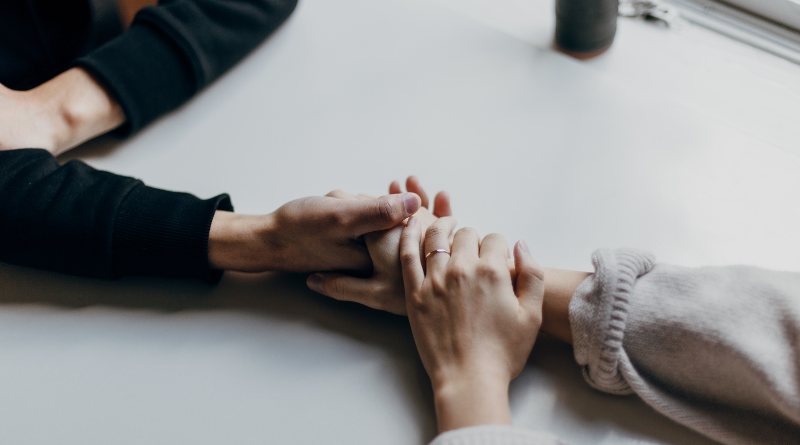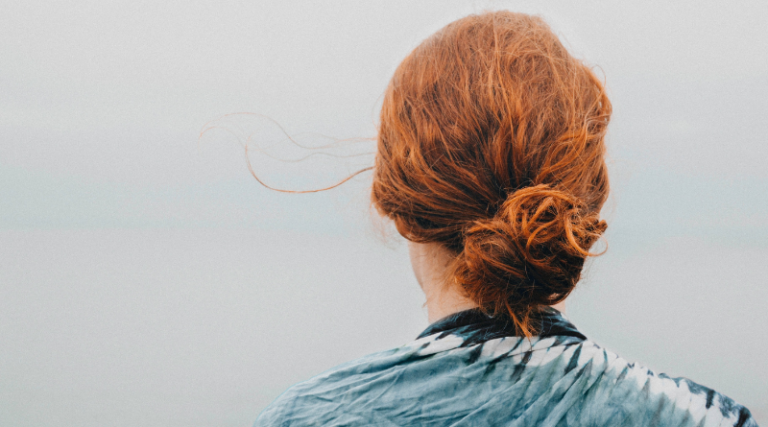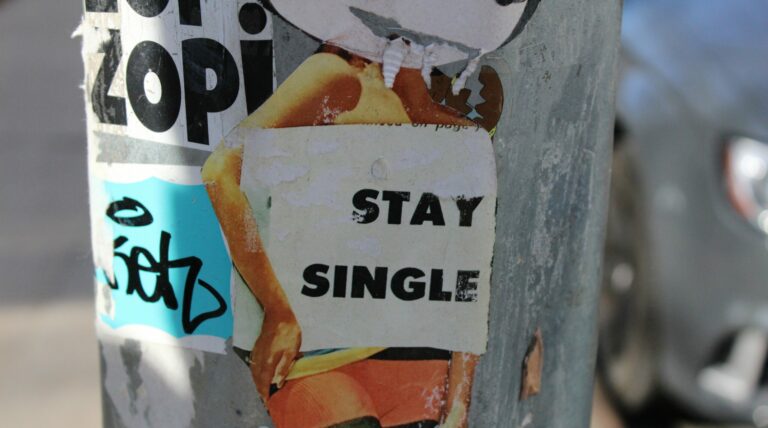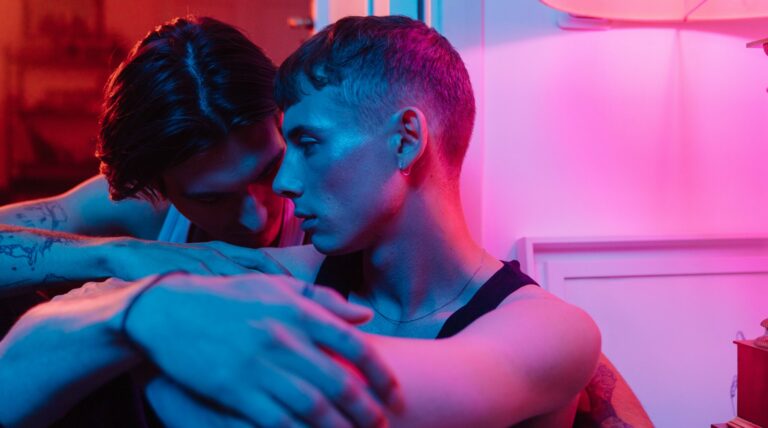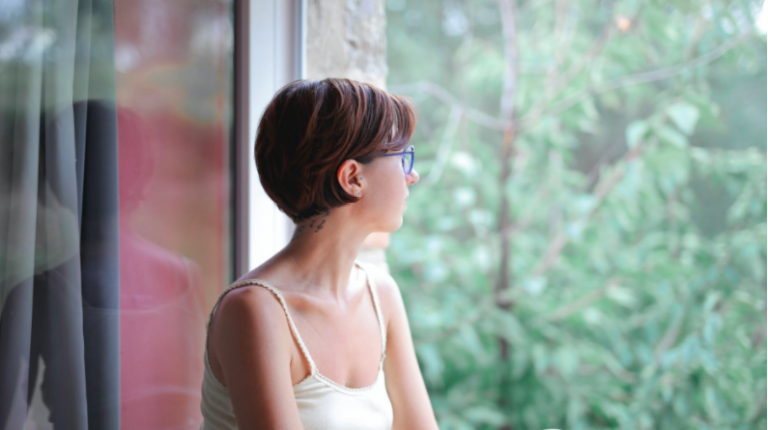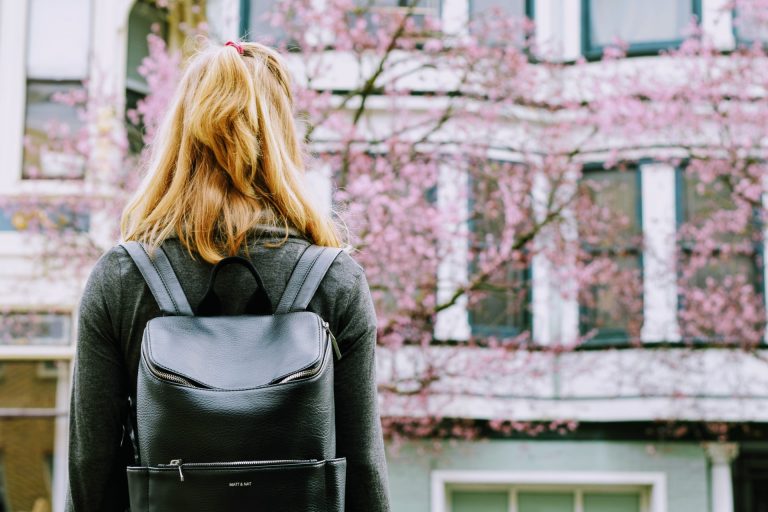Blog: Abuse comes in all shapes and sizes
In this personal piece, Fumble writer Robyn Bell shares a story that shows abusers don’t wear warning labels
Abuse is often portrayed as something simple. Something bad, on the opposite side of good. It’s easy – just avoid it.
But abusers don’t walk around under a sign flashing Bad Bad Bad. Abusers don’t wear warning labels. They rarely hit you on your first date or wear pin badges that say “Controlling”. They don’t immediately send you threatening and intimidating messages. There’s no “I will make you feel small” in the bio of their dating profile.
And, survivors and victims of abuse do not write “I want you to harm me” on their own profile. People do not become trapped in abusive relationships because they decided to. It doesn’t work like that.
Abuse can come from people who say they love us. Abuse can come from people who have suffered abuse themselves. Abusers can even make you feel good. Especially when you first meet them. They reply to your messages instantly and remember your birthday. They wish you luck before every exam and want to spend time with you. They rationalise possessive and controlling behaviour by saying they “just love you so much”, “can’t bear to spend time apart from you”, “can’t bear to imagine losing you”. They’re there before anyone else is there. They make you their world. It can become more toxic and more complicated as time passes by.
My story
The first time he hit me, I didn’t see an abuser. I saw my first ‘proper’ boyfriend, who I trusted, who said he loved me. A tall, freckled boy. He played music, did voluntary work, cared a lot about his mum. A vegan. Funny. Kind. He didn’t come with a warning label.
When someone you trust first lashes out, it can be easier to blame a bad day or a rough patch, rather than doubt all your feelings for that person. It’s also easy to blame yourself. “I drove him to do that. I must have pushed him to the edge.” So I thought, and so he encouraged me to believe. I knew him and he would never want to hurt me.
The first time, he apologised profusely afterwards. He loved me, he insisted, over and over. And things went back to feeling good for a while. But by the third, the fourth, the fifth time… he was also insisting that I made him do this. I was making him, a good person, into a bad person. If I would just stop talking to other men, spending time with my friends, do as he asked, it would be easier. Still, I told myself he didn’t really want to hurt me.
It turns out he did want to hurt me, especially if I was doing something that he didn’t want me to do. Like skinny dipping with a friend, or planning a trip that didn’t include him, or talking to a boy he didn’t know. He was possessive and jealous and controlling. If I did things that he didn’t like, it made him angry. Yet, still, I couldn’t see an abuser. I saw my insecure boyfriend with a controlling father. He was a person who needed love and support. I needed to try harder, rather than make him lose his temper.
It’s hard now to see the ease at which I blamed myself, but this behaviour isn’t unusual.
Victim blaming culture runs deep
That’s why we ask victims of sexual violence what they were wearing, if they were drunk, if they walked home alone in the dark. And it’s why we ask victims of abusive relationships why they stayed, why don’t they just leave, why they became their partner in the first place. It’s taken me a nearly a decade to understand that I wasn’t to blame. It’s not my fault that I was in an abusive relationship. I am not to blame for being with him. I did not turn a ‘good’ person into a ‘bad’ person.
Even after I broke up with him, it took me over a year to untangle myself completely from him. It’s taken me many more years to begin acknowledging him as abusive. In a society that portrays abuse as simple and victim blaming as normal, it can be incredibly difficult to understand the abusive situations and relationships we are, or have been, in. Society has a specific idea of what abusers look like.
But abusers can be anyone. They come in all shapes and sizes. They can be funny. Kind. Female. Successful. Queer. Politically left-wing. Politically right-wing. Vegetarian. Charitable. An artist. A therapist. A CEO. Athletic. Academic. Charismatic.
Abusers don’t wear warning labels. They are not simple to see. And it’s not the victim’s fault for being abused by them.
Other support
- Am I in a healthy relationship?
- The Mix – Understanding the signs of an emotionally abusive relationship
- The Mix – What is gaslighting?
- YoungMinds – Abuse
Read more
Last Reviewed 20 September 2023
Image Credit: Priscilla Du Preez via Unsplash

